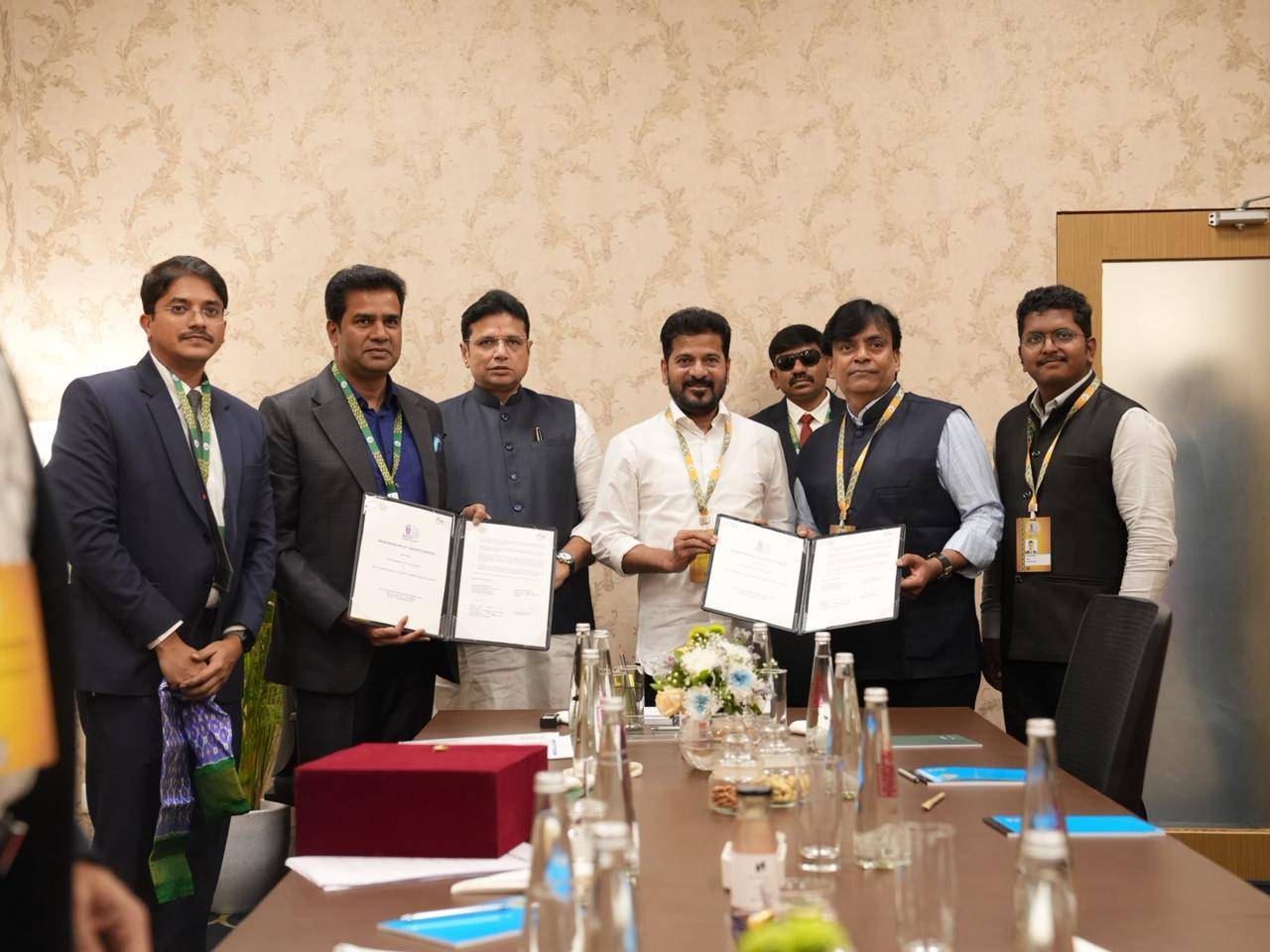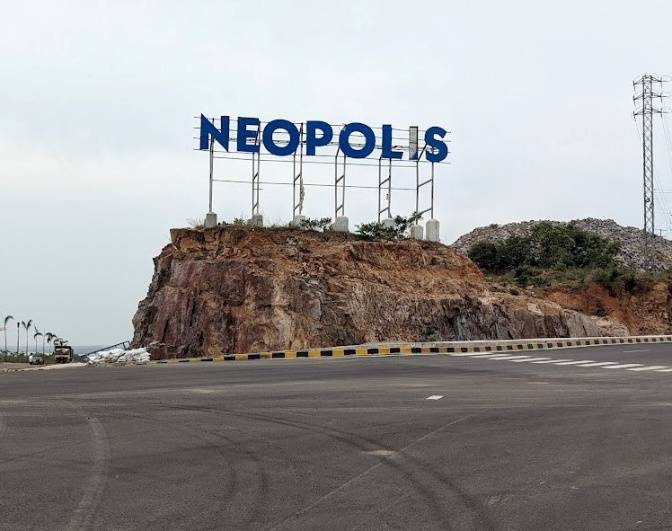The Maharashtra government has approved a new cluster-based slum redevelopment scheme for Mumbai, marking a major policy shift aimed at transforming large informal settlements into integrated urban housing projects. Cleared by the state cabinet, the scheme allows redevelopment of slum clusters spread over more than 50 acres, combining residential rehabilitation with modern infrastructure and civic facilities. The move is expected to streamline project implementation, attract private investment, and expand housing availability under the Slum Rehabilitation Authority (SRA).
Cluster-Based Slum Redevelopment Scheme
The new cluster-based redevelopment model replaces the existing plot-wise redevelopment system with a coordinated and scientifically planned framework covering large slum-dominated areas. The Brihanmumbai Slum Rehabilitation Authority (SRA) will serve as the nodal agency for planning, approval, and execution.
According to officials, the policy will apply to contiguous land parcels of at least 50 acres, where more than 51 per cent of the total area is occupied by slums. These areas will be identified by the SRA Chief Executive Officer and vetted by a high-level committee chaired by the Additional Chief Secretary (Housing) before final approval by the state government.
The new framework permits redevelopment through multiple routes, as a joint venture involving government agencies, by appointing a private developer through a transparent tender process, or by allowing a developer controlling over 40 per cent of the cluster land to implement the project with government consent. The inclusion of central government or public sector undertaking (PSU) lands within the cluster will also be allowed with respective authority approvals.
Policy Objectives and Execution
An official statement from the Chief Minister’s Office said the scheme aims to accelerate slum redevelopment, expand affordable housing, and create employment in construction and allied industries. It is expected to address long-standing implementation challenges by replacing fragmented redevelopment with unified, large-scale planning.
The SRA will monitor progress, verify beneficiary eligibility, and coordinate between developers, financial institutions, and municipal agencies. The government plans to deploy digital monitoring and beneficiary tracking systems to improve transparency and curb misuse of rehabilitation tenements.
Private landowners can voluntarily participate with approval from the high-level committee. They may receive developed plots equivalent to 50 per cent of their land value, following a Town Planning Scheme model. If this offer is declined, land acquisition may proceed under the Right to Fair Compensation and Transparency in Land Acquisition, Rehabilitation and Resettlement Act, 2013, with developers bearing acquisition costs.
Incentives and Regulatory Provisions
The scheme introduces multiple financial and regulatory incentives to make large-scale redevelopment feasible. Developers will be entitled to enhanced Floor Space Index (FSI)—up to or beyond 4 in some cases—to accommodate rehabilitation of slum dwellers and project-affected persons. Additional benefits will be available under Regulation 33(10) or any other applicable provisions offering higher incentives.
In Coastal Regulation Zone (CRZ) areas, clusters falling under CRZ-I will be relocated, and the vacated land will be used for public amenities. In CRZ-II zones, developers may construct sale components under the Development Control and Promotion Regulations (DCPR), 2034.
Officials noted that this integrated planning model aims to promote systematic layouts, rational infrastructure development, and equitable access to essential amenities such as roads, open spaces, and waste management systems.
Industry representatives have welcomed the decision. Rushi Mehta, Secretary of CREDAI-MCHI, said the initiative addresses several long-standing challenges in Mumbai’s slum redevelopment sector. Earlier projects, he noted, were implemented on fragmented or irregular plots, often resulting in planning inefficiencies and delayed rehabilitation. The new cluster-based model would enable land consolidation, uniform housing quality, and better project viability.
Developers believe the scheme complements large-scale infrastructure investments such as the Mumbai Coastal Road, Metro corridors, and stormwater management projects, enabling redevelopment to align with wider urban mobility and infrastructure objectives.
Urban planners, however, have emphasized that success will depend on transparent beneficiary identification, definitive execution timelines, and robust grievance redressal mechanisms to prevent displacement disputes and maintain public trust.
Officials have indicated that the first set of clusters under the model will likely be identified near major transport corridors and public infrastructure nodes, where redevelopment feasibility and connectivity are optimal. Detailed implementation guidelines and beneficiary eligibility norms will be issued by the SRA in the coming weeks.









.png)